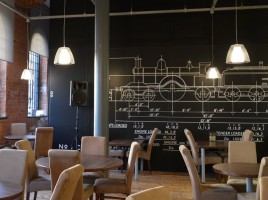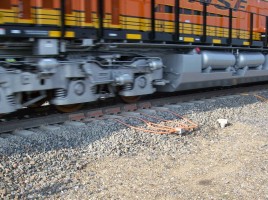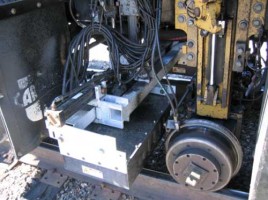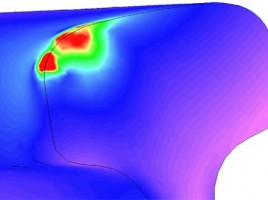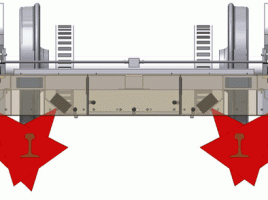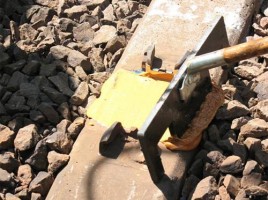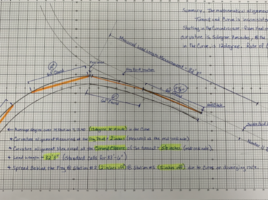
Measuring and Designing Rate of Change in Track Alignment
by Jeff Tuzik In order to solve a problem, you have to be able to measure it. And while there are generally no new problems in railroading, tools and techniques of measurement continue to evolve. Over the years, engineers at the Union Pacific Railroad have noticed a deficit in traditional …


